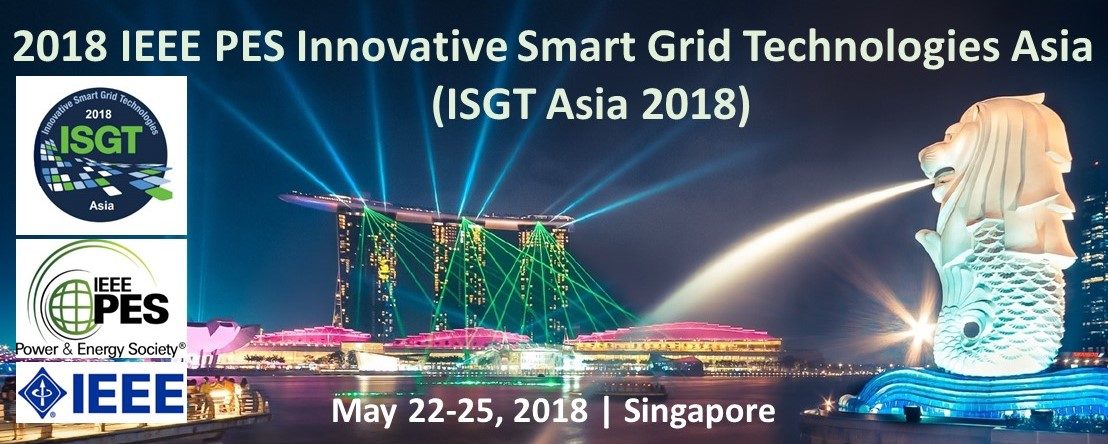| Special Session 6 | Fast active power injections to improve system frequency response in low inertia systems |
| Organizers | Dr F. Gonzalez-Longatt, CREST, Loughborough University, United Kingdom |
| Date and Time | 24 May 2018, 03.30 pm – 05.00 pm |
| Location | MR308 |
| Details |
The total system inertia (H) is the primary source of electricity system robustness to frequency disturbances which arise due to an imbalance of generation and demand. The traditional large synchronous generators directly connected to the grid are the main sources of inertia, and they play an important role in limiting rate of change of frequency (ROCOF) and provide a natural response to the system frequency changes following an unscheduled loss of generation or demand from the power system. The transition to a low carbon society is the driving force pushing the traditional power system to increase the volume of non-synchronous technologies which mainly use power converters as an interface to the power network. The PCs decoupled the primary source from the power network, as a consequence are not able to contribute with “natural” inertia in the same way as classical synchronous generators. This special session, titled “fast active power injections to improve system frequency response in low inertia systems”, is looking into innovative operation and control scheme applied to power converter-based technologies in order improve the system frequency response. Fast active power injections consider The list of topics included in this special session are (but not limited to):
|
| Bio | |
| Speaker summary: | will be announced soon |
Copyright © 2024 | WordPress Theme by MH Themes

Leave a Reply